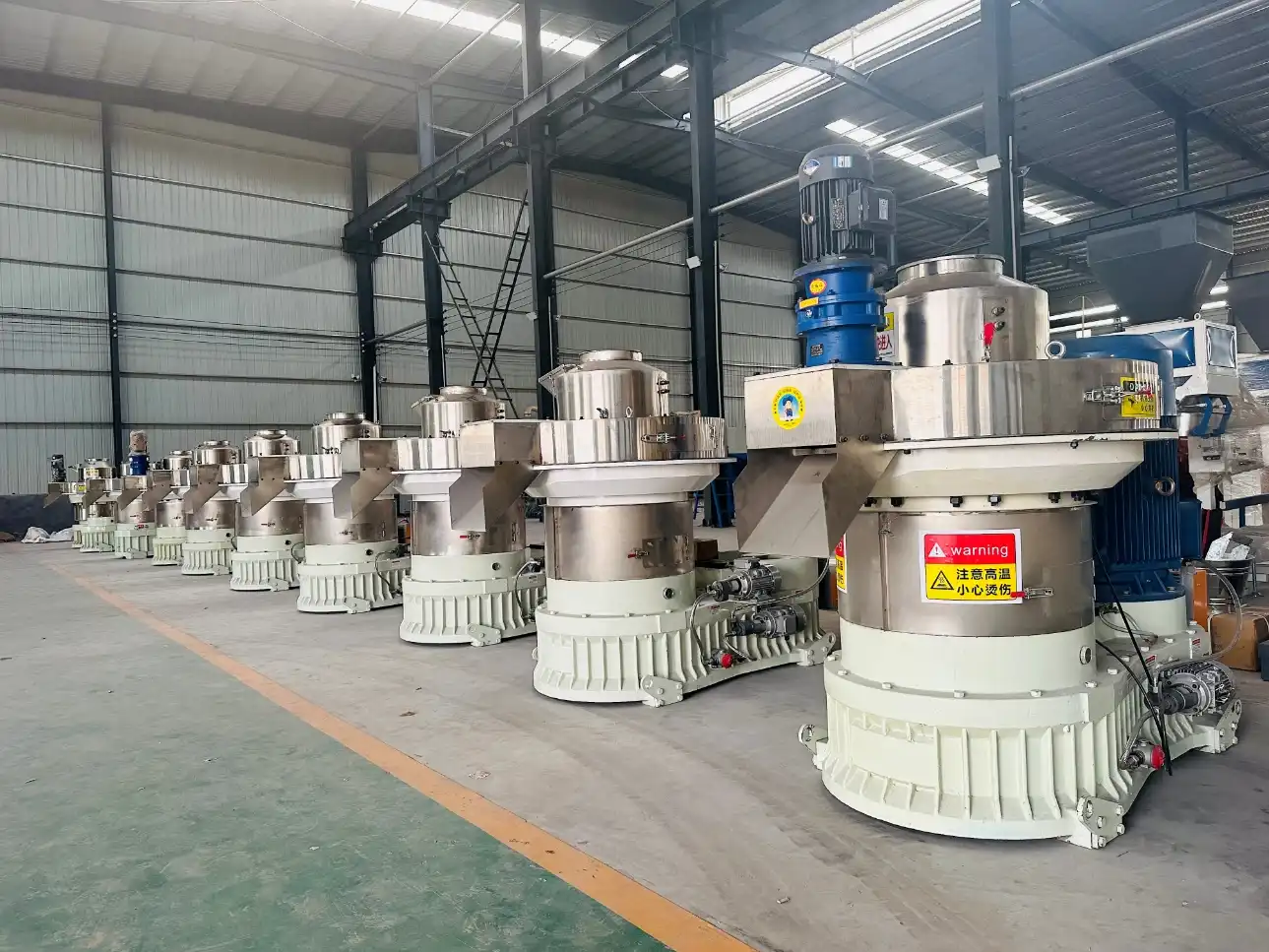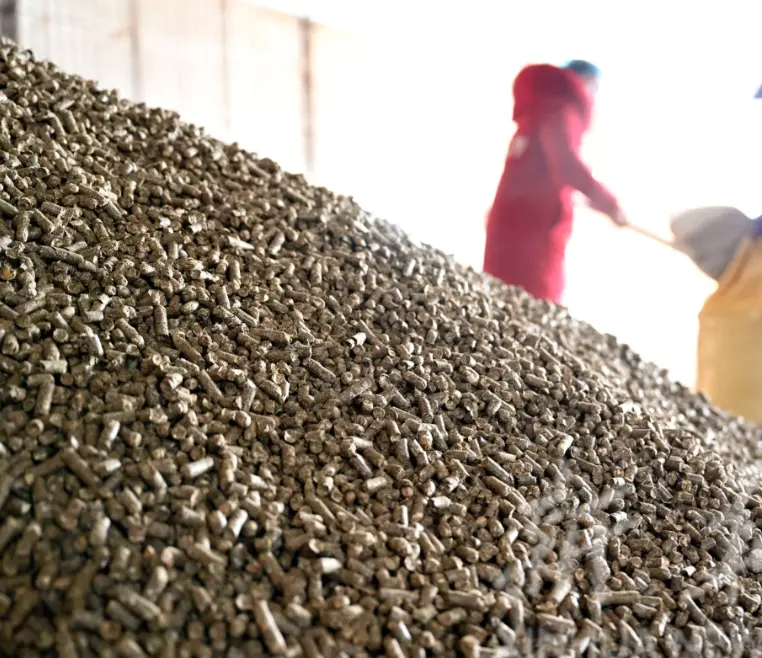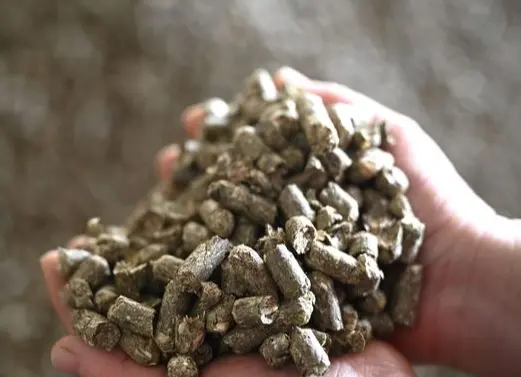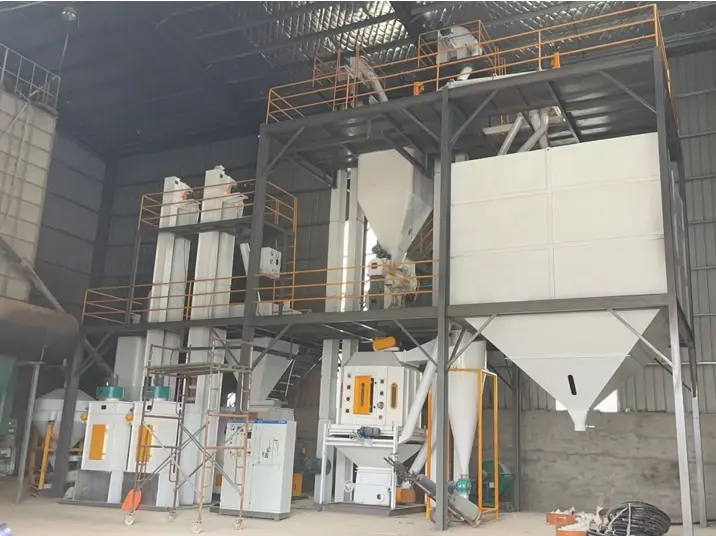
Alfalfa Pellet Machines: Efficient Fuel and Feed Production
Alfalfa, a prized forage globally, offers rich calories and protein, ideal for animal feeding. Its aerial portion, after controlled mechanical drying and grinding, becomes dehydrated alfalfa pellets, a valuable supplement or hay substitute.
These pellets aren’t just limited to animal feed; they serve as excellent material for bedding or even home heating pellets, easily produced with a small pellet mill.
Alfalfa feed pellets boast several advantages: they’re low in carbohydrates, minimize waste, reduce dust, and are convenient to store and feed. Additionally, they’re beneficial as organic fertilizer in gardens or flower beds.

The standard quality for alfalfa feed pellets maintains specific criteria: a minimum of 16% crude protein, 1.5% fat, a maximum of 30% fiber, and 12% moisture.
Choosing alfalfa for pellet fuel is advantageous due to its year-round growth and high yield potential, making it a viable option for home heating fuel pellets. Its nitrogen-fixing capability eliminates the need for nitrogen fertilizers, a significant advantage over grass bio-fuels, which rely heavily on such fertilizers.
Values of alfalfa as biomass fuel
|
MJ/kg
|
BTU/lb
|
Typical values
|
|||||||
|
Ash
%
|
Carbon %
|
Hydrogen
%
|
Nitrogen
%
|
Sulphur%
|
Oxygen
%
|
Total Chlorine microgram/g
|
|||
|
Alfalfa
|
17
|
7,435
|
9.1
|
45.9
|
5.2
|
2.5
|
0.2
|
39.5
|
3,129
|
Alfalfa biomass as fuel possesses certain essential values:
– Ash content
– Carbon content impacting heating value
– Hydrogen content affecting heating value
– Lower nitrogen content resulting in reduced NOx emissions
– Negligible sulfur content minimizing sulfur emissions during combustion
Professional pellet mill manufacturers offer specialized electric and diesel flat die alfalfa pellet machines designed for farmers. These machines enable alfalfa farmers to produce their own fuel pellets, reducing farm building costs.
The technical specifications of alfalfa pellet machines are tailored for efficient production, ensuring maximum output and quality.
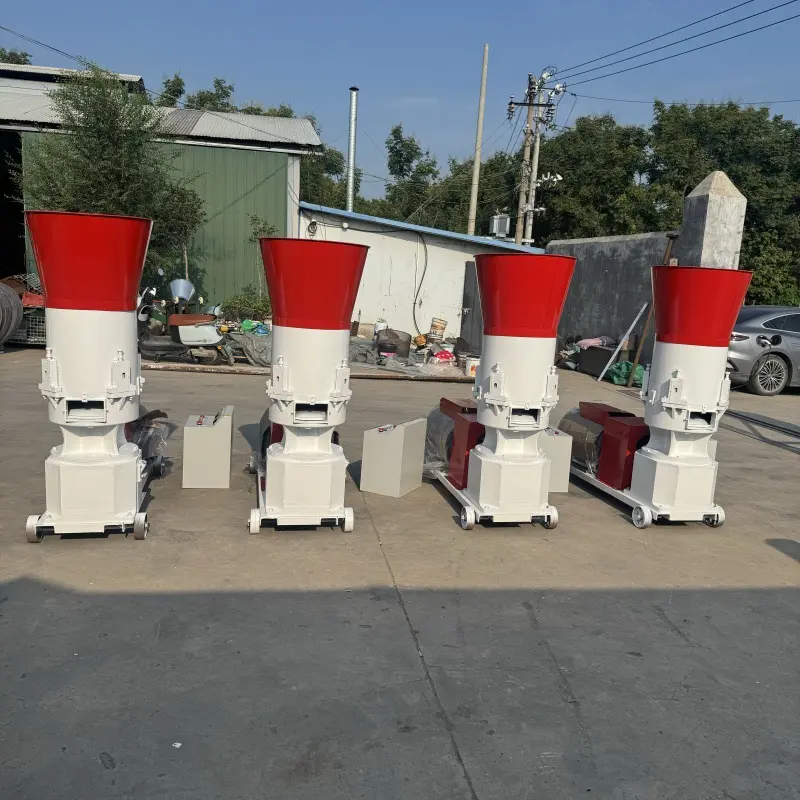
| Model | Capacity kg/h | Roller Qty | Power kw | Size(mm) | Weight |
| XZ150 | 80-100kg | 2 | 4kw | 890*370*710mm | 76/90kg |
| XZ160 | 120-180kg | 3 | 4kw | 930*400*810mm | 99/115kg |
| XZ210 | 200-300kg | 3/4 | 7.5kw | 1220*530*850mm | 204/236kg |
| XZ230 | 300-400kg | 3/4 | 11kw | 1180*520*1020mm | 268/285kg |
| XZ260 | 400-600kg | 3/4 | 15kw | 1270*530*1030mm | 340/385kg |
| XZ300 | 800-1000kg | 4 | 22kw | 1300*800*1360mm | 400/420kg |
| XZ400 | 1200-1500kg | 4 | 37kw | 1500*800*1600mm | 700/800kg |
| XZ500 | 2000-3000kg | 4 | 55kw | 1530*930*1750mm | 1000/1100kg |
To produce high-quality alfalfa fuel pellets with maximum output, various factors come into play. Pelleting productivity is measured in pounds or kg/HP and is influenced by the season, type of alfalfa used (fresh cut or sun-cured), and forage maturity.
(For the latest machine models and parameters, please consult our technicians: +86 15515685805)
Factors affecting the physical quality of alfalfa pellets involve several key aspects, according to experienced customers engaged in pellet production. These factors include the size of alfalfa, moisture content, die configuration, and the use of binding agents.
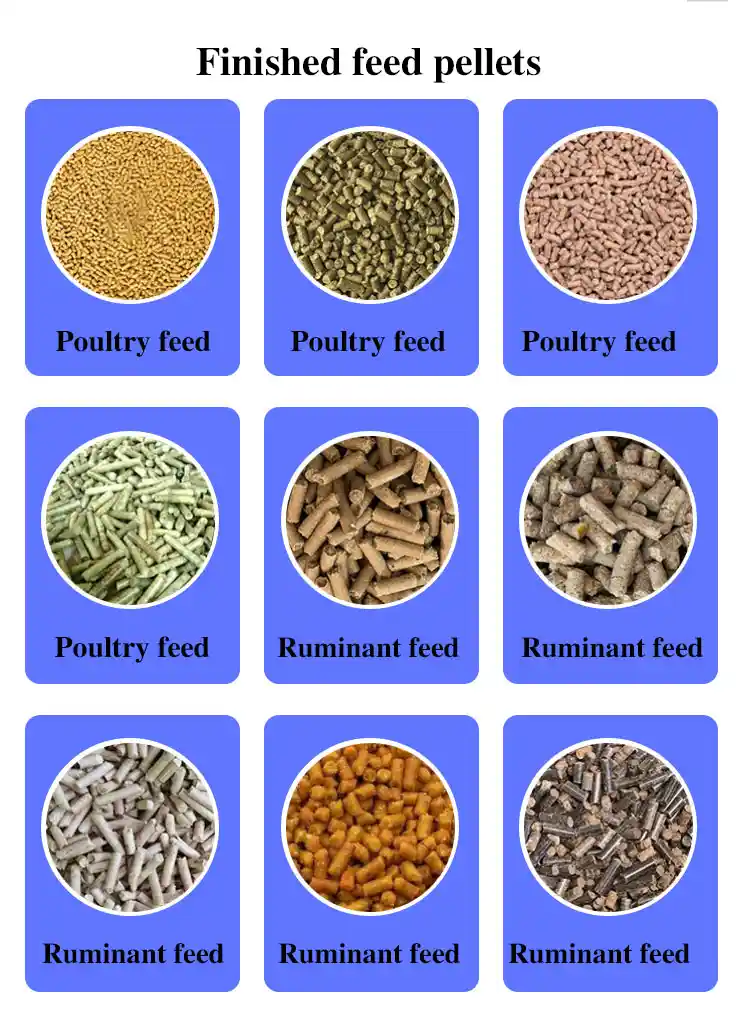
Achieving optimal alfalfa fuel pellet quality involves:
1. Sizing the alfalfa particles to less than 5mm using an alfalfa hammer mill before pelletizing.
2. Drying wet alfalfa to a moisture content of 8%-12% using rotary drum or airflow dryers.
3. Utilizing a die with a suitable length/diameter ratio to enhance pellet durability.
4. Considering binding agents to reduce dust and fines during transport and handling, although not necessary for pellet production with alfalfa pellet machines.
Alfalfa’s versatility as both animal feed and fuel makes it a valuable crop globally, offering sustainability and efficiency in various agricultural and household applications. Alfalfa pellet machines further enhance its utility, providing a seamless process to convert alfalfa into high-quality pellets for multiple purposes.

